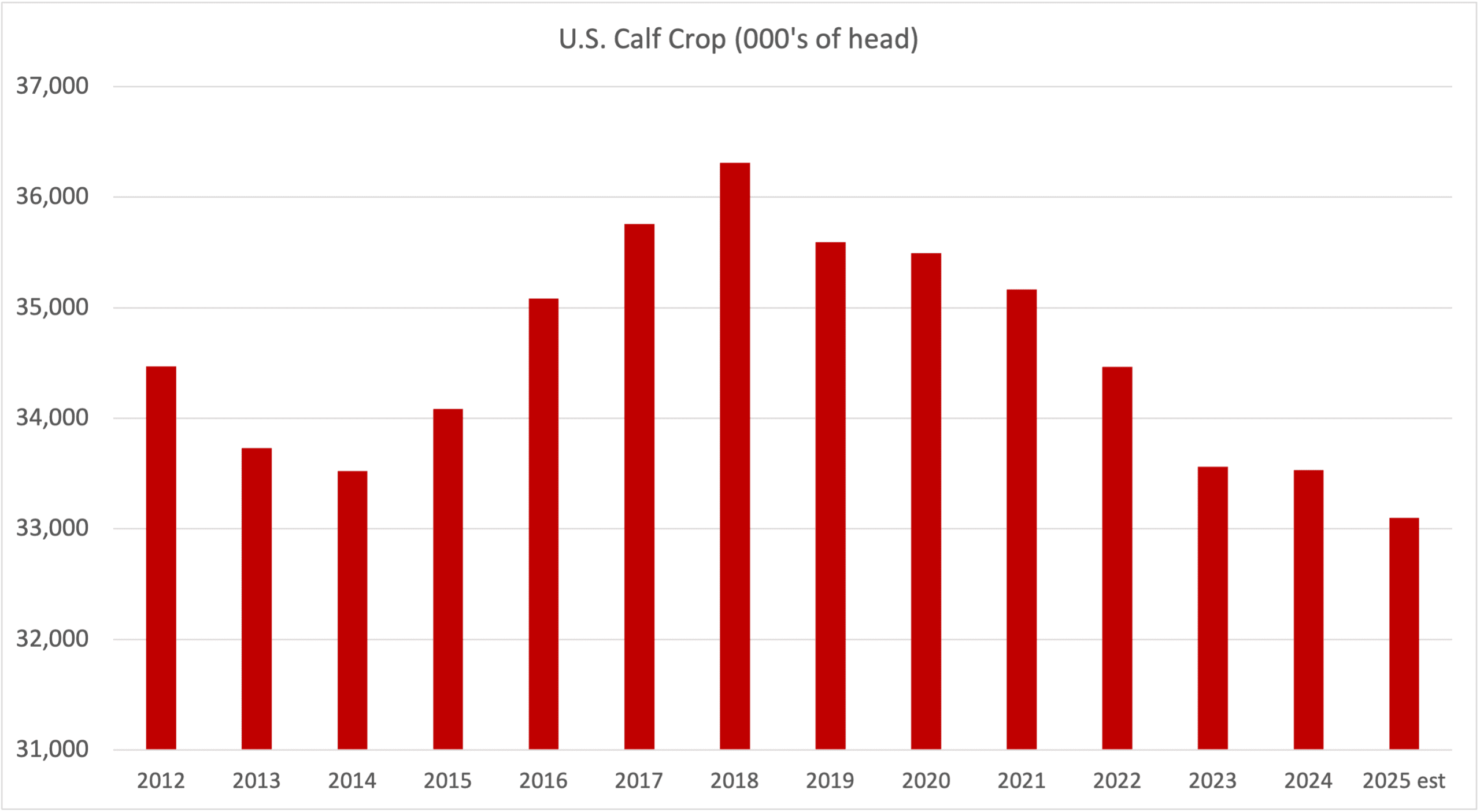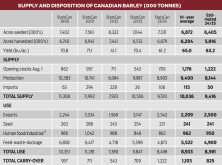When I provide cattle or grain market outlooks for a producer group or specific organization, I start the presentation by asking how many of the attendees subscribe to some type of market analysis. It is no surprise that there is usually a handful of people who put up their hands. Often cattle producers will say that they follow the futures markets and of course listen to their cattle buyers; however, following a market is good for a historical lecture. It doesn’t help a cattle producer make a confident decision on their marketing or risk management strategy.
Many producers don’t even understand the purpose of market analysis. Producers view their marketing as personal information, like their balance sheet prepared by an accountant. I receive many calls and emails from producers. People enjoy discussing markets because, for most people, it’s a mystery. I’m here to tell you, it’s not a mystery and there is a purpose to studying and analyzing a market, whether it’s cattle, crude oil or copper.
When an analyst like me is studying a market and making projections, I’m searching for truth. Similar to a lawyer questioning a witness in a trial, analysts are studying to provide the truth about the market environment and using this information to make projections.
Read Also

Factors influencing cattle feeder market during the fall of 2025
Market analyst Jerry Klassen weighs in on live cattle markets
There are three tests for truth. The first test for truth is logical consistency. When I’m providing analysis for feedlot operators, statements in the analysis cannot contradict. The fundamental situation and the technical perspective along with the Commitment of Traders Report all must align. Analysts who provide five reasons for the market to go up and five reasons for the market to go down are just filling paper. This is not market analysis. To expand on this idea, there may be overriding factors that will temper strength or limit the downside in the market, but the general idea is that the tools are in sync to suggest markets will move to a certain level. Then another factor will come into play and be the dominant force on prices.
The second way analysts search for truth is by studying past behaviour or historical examples. For example, how did the cattle market behave in the past when unemployment rates were increasing? Analysts will study past behaviour when certain supply and demand fundamentals were occurring. This past year, when prices have been at historical highs, we have compared 2024 to 2015. When the economy moves through softer growth periods, we compare how the cattle market behaved in this type of environment. Technical analysis is totally based on past price patterns and uses these patterns to project future market behaviour. Many technical traders do not read any news because it’s usually wrong on market direction. Keep in mind that news and statistical data are not the same. Analysts also use previous data from the Commitment of Traders Report to project how the speculator or the packer will behave in the upcoming month.
The third test for truth in market analysis refers to the laws of supply and demand. I stress supply, and then, demand. When there is more supply, there is less demand and prices go down. However, analysts who consistently focus on supply but not demand are only studying one half of the equation. In my experience, producers are familiar with cattle-on-feed reports and cattle inventory reports. Most cattle producers do not realize that the U.S. Census Bureau reports monthly sales at restaurants and grocery stores. In Canada, Statistics Canada will provide similar types of data. Unemployment data in Canada and the U.S. can also be a strong indicator of future spending patterns. On the demand side for the beef market, there are leading indicators, coincidental indicators, and lagging indicators.
In conclusion, market analysts are searching for truth to make market projections. Partial truth is partial analysis and will not provide confidence in marketing decisions or risk management strategies. Many producers view market analysis as a mystery for this very reason. Certain traders and producers will consistently make the wrong decision because they don’t have the truth. Analysts will use logical consistency, history, and the laws of supply and demand to search out the truth about the cattle market.
I have a few final points regarding the market analysis for beef and cattle. The cattle market has been studied for decades. There have been studies that show the price of substitutes has little influence on the demand for beef. Don’t pay for analysis that has no influence or minor influence on the cattle market. Studies show that consumer spending has a large influence on the price of beef and cattle. I personally consider the Commitment of Traders Report one of the most important tools when analyzing a futures market. If you don’t have this information, you are in the dark.
















